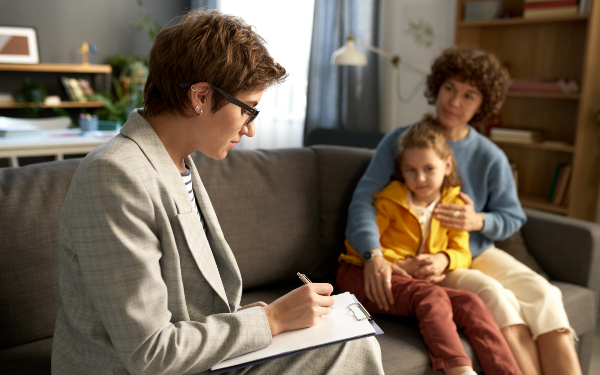
Agencies are not equipped to protect children from sexual abuse within the family, safeguarding leaders have found.
Children are too often ignored or disbelieved by practitioners who lack the knowledge, skills and confidence to combat infrafamilial child sexual abuse, according to an analysis of serious cases involving 193 children and 177 perpetrators.
As a result, they are frequently not being identified by practitioners, nor are they receiving the response needed for their ongoing safety and recovery, reported the Child Safeguarding Practice Review Panel.
The panel, which oversees and draws national lessons from serious cases, urged the government to produce a national action plan to drive up the quality of practice, including through improved training and supervision.
‘Robust strategy needed’
“The systemic issues identified in this report are longstanding,” said panel chair Annie Hudson.
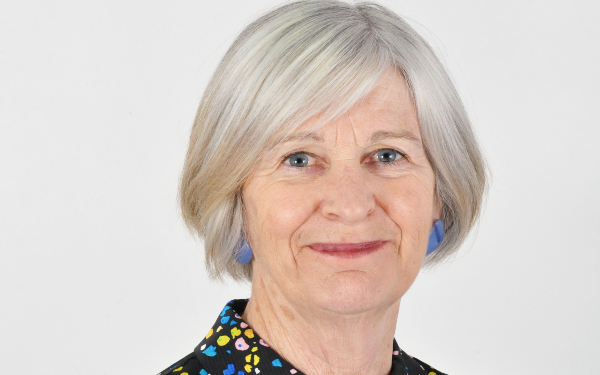
Annie Hudson, chair, Child Safeguarding Practice Review Panel
“It is vital therefore that government integrates the findings from this review into their reform programme and provides strong leadership to deliver a robust strategy to address [the] stark reality of child sexual abuse in the family environment.”
The review was carried out for the panel by the Centre of expertise on child sexual abuse (the CSA Centre), the Home Office-funded body that seeks to improve the understanding of, and response to, this form of harm.
CSA practice guidance
 Community Care Inform Children users can get expert guidance from the CSA Centre from our knowledge and practice hub on the topic.
Community Care Inform Children users can get expert guidance from the CSA Centre from our knowledge and practice hub on the topic.
This includes advice on issues including: risks, vulnerabilities factors, signs and indicators; communicating with and supporting children, and supporting non-abusing parents and carers.
The hub is available to all Inform Children subscribers.
What the review involved
The CSA Centre analysed 136 reviews of serious cases submitted to the panel from from June 2018 to November 2023. These involved 193 children who had been sexually abused by a family member.
The centre also held online discussions with 107 practitioners and managers who had been involved in 10 of the cases, interviewed two children who had been abused and five people who had sexually abused a child.
In addition, they reviewed recent research and practice guidance on intrafamilial CSA and consulted other experts by experience and practitioners from agencies including children’s social care, the police and health.
About the children and the abuse they faced
- Three-quarters of the children were girls and a quarter boys.
- Where ethnicity was recorded, 27% of children were from black, Asian or minority ethnic backgrounds.
- 29% of reviews featured the abuse of a disabled child.
- 29% of reviews featured a child aged under six, 46% a child aged 6-12 and 25% a child aged 13-17.
- Rape/penetration was the most common form of CSA (in 54% of reviews where this information was recorded).
- In almost all cases (97%), the perpetrator was male, with birth fathers (25%), stepfathers (8%) and mothers’ partners (12%) accounting for 45% of cases.
- Parental domestic abuse was recorded in 48% of cases and parental mental health problems in 39%.
- In 56% of reviews, children had experienced other forms of harm, most commonly neglect (47% of reviews). In a fifth of cases, children had also been sexually exploited by someone outside the family.
- In nearly half of reviews, children were recorded as having mental health concerns, including self-harm, eating disorders, depression or post-traumatic stress disorder, with seven having died by suicide.
Over-reliance on children reporting abuse
A consistent theme from cases analysed and discussions with practitioners was an over-reliance on children verbally reporting abuse.
Practitioners reported being told in training that they needed to wait for children to approach them to disclose abuse, rather than proactively talking to them when they had concerns.
They were also deterred from speaking to children by an “overriding fear of interfering with any possible future criminal investigation”.
This approach ran contrary to research indicating the multiple barriers children faced in disclosing CSA. Some children in the reviews reported waiting for someone to ask them in order to be able to disclose.
Not believing children
Despite these barriers, there was evidence that children had told someone about the abuse – sometimes on multiple occasions – in 72% of the reviews analysed.
However, the review found “many situations where children had directly told practitioners they were being sexually abused and were not believed”.
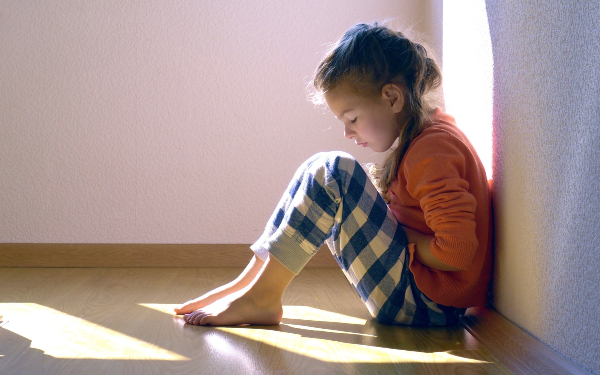
Photo posed by model (credit: Erika Richard/Adobe Stock)
When some children later retracted their disclosures, practitioners often took this as evidence the abuse had not happened, without exploring whether this was down to fear, shame, embarrassment or intimidation. As a result, children were left at greater risk of further harm.
Lack of consideration of disability and race
Practitioners also did not sufficiently consider children’s needs in relation to their race, ethnicity and culture, said the report. This included not identifying signs that a forced marriage was being planned for 14-year-old black African child from a Muslim family, who was subsequently raped by the adult cousin she was married to.
In another case, a boy of mixed white and Asian heritage was subjected to adultification bias by practitioners, who treated him as being older than his age and blamed for his behaviour.
Few of the reviews concerning disabled children provided evidence that their impairments had been taken into account.
Those who were non-verbal or pre-verbal were left without any response to their abuse because of the reliance on verbal disclosure, while practitioners did not pursue signs of possible CSA in children with learning disabilities because of potential communication barriers.
In other cases, practitioners attributed children’s distressed behaviour to their condition, for example, autism or ADHD, rather than considering CSA.
Not identifying signs of CSA
More broadly, professionals lacked understanding of the signs that might indicate a child was being abused, including harmful sexual behaviour or other sexualised behaviour, distress, seeking emergency contraception or sexually transmitted infections.
“We saw many situations where practitioners would seek other explanations for symptoms and behaviours in children that could indicate possible sexual abuse without seeking to establish a wider picture of the child and their family circumstances or build a picture of concern about child sexual abuse,” the report said.
Inadequate risk assessment of perpetrators
A third of cases involved a family member with a history of sexual offending or who was known to present a risk of sexual harm.
However, in some cases, they moved into homes with young children without a risk assessment or an effective safeguarding response being put in place.
Adults convicted of sexual offences against other adults were not perceived as a risk to children, while those whose offending was less recent were particularly unlikely to be identified.
Social work assessments criticised
The report also criticised the quality of child and family assessments, which “did not sufficiently analyse signs and indicators of
child sexual abuse, despite this often being the impetus for them taking place”.

Photo: Krasimira Nevenova/Fotolia
It said it was “particularly striking” that those who knew the children best were often not invited to contribute, or practitioners’ views were disregarded when these differed from those of the assessing social worker.
Assessments often did not focus on the adult about whom there was concerns, even when the child had reported CSA, while the report said there was little use of genograms or other such tools to consider children’s relationships with extended family.
Where other forms of abuse had been reported along with CSA, as was the case with most reviews, practitioners tended to focus on them, “with the concerns of sexual abuse becoming lost from sight”.
Concerns over evidence thresholds
Practitioners also felt that the criminal justice standard of proof (beyond reasonable doubt), rather than the safeguarding threshold (the balance of probabilities), was needed to take action in a case.
As a result, referrals were either not made or were rejected on the basis that they did not meet the threshold for action, and investigations which resulted in no further police action led to all agencies ceasing their involvement.
This meant that not only was support not provided to the child, but further signs of abuse were then missed, for example, through councils rejecting further CSA referrals about the child.
Police and child protection enquiries ‘completely separate’
Poor joint working between the police and children’s social care was another issue highlighted by the review, which found that, in some cases, criminal investigations and child protection enquiries “happened completely separately”, with a lack of clarity about what information should be shared.
At times, the police acted on concerns before discussing these with children’s social care or holding a strategy discussion, which then undermined the assessment of risk
Lack of training, guidance and supervision
The panel’s report attributed the practice failings it identified to a lack of effective training, guidance and supervision for practitioners.
It noted particular training gaps in relation to identifying signs of CSA, understanding of grooming, child development, working with disabled children, assessing sexual risk.
It also found “a lack of robust supervision and managerial oversight” left practitioners “lacking confidence in organisational support to take action”.
On the back of its report, the panel said the government “must signal in the strongest possible way their commitment to make
sure that necessary improvements are secured and provide assurance that
this will be fully translated into concrete actions to make a tangible difference
to children’s lives
Recommendations for government
The panel’s key recommendation is for the government to produce a national plan to “secure the necessary practice improvements identified in this report”.
Alongside this, it said that ministers should:
- Review and update initial training, early career and ongoing professional development and supervision, so practitioners can improve their identification and response to CSA. As part of this, it should make guidance and training available for staff in universal and specialist services, such as social work, about how and when to talk to children and families when CSA is suspected.
- Require safeguarding partners to audit and review local guidance and practice so a clear distinction is made between thresholds about significant harm to a child (balance of probabilities) and those influencing criminal investigations (beyond reasonable doubt). It should also stress that safeguarding decisions must be based on all indicators of sexual abuse and should not rely solely on verbal statements from children.
- Review the application of the child sex offender disclosure scheme – also known as Sarah’s Law – to ensure police proactively inform the person best placed to protect a child when someone in the family environment has a conviction for sexual offending or intelligence has been received that they pose a risk.
- Make sure that whenever information comes to light which indicates that someone in the family (adult or young person) has a previous allegation or conviction (spent or unspent) for any type of sexual offending, this leads to a multi-agency discussion, which involves an up-to-date assessment of risk.
Social care reforms ‘will address recommendations’
In response to the report, a Department for Education (DfE) spokesperson said: “Any instance of child abuse is abhorrent, and this report importantly highlights the weaknesses in the system that have shielded abusers and left children at risk of harm.”
They said that the government’s children’s social care reforms, unveiled last week, would help address the panel’s recommendations.
“We will require every council to implement a joined-up approach to child protection, strengthen safeguards for home education and improve information sharing, to prevent children falling through the cracks,” the spokesperson added.
Recommendations for local safeguarding partners
The panel also made a number of recommendations for local safeguarding partners, including:
- Undertaking a multi-agency training needs assessment in relation to CSA and meeting identified training needs.
- Auditing multi-agency decision making in response to CSA.
- Ensuring that, following the conclusion of child protection and police investigations, multi-agency discussions are held to consider risk to children and how they will be protected and supported.
- Reviewing how people who present a risk of sexual harm and who have contact with children are assessed and managed, with consider the use of civil orders and other measures to effectively manage the risk.
- Take necessary steps to ensure that all practitioners (including foster carers) understand and are confident in talking directly to
children, and families about CSA concerns, taking due account of ethnicity, language and disability.
Directors urge prevention focus
Giving the Association of Directors of Children’s Services’ response to the review, president Andy Smith said: “Prevention must be the ultimate goal to ensure that no child is subject to abuse. We need tackle this issue as a collective, with the full commitment of central and local government, all child protection agencies, voluntary organisations and the wider community.
“Directors and their local authorities are committed to working with our partners to ensure the right safeguards are in place to prevent child sexual abuse in all its forms so that all children are able to lead safe and happy childhoods.”






 Bournemouth, Christchurch and Poole
Bournemouth, Christchurch and Poole  Hampshire County Council
Hampshire County Council  Oxfordshire County Council
Oxfordshire County Council  South Gloucestershire Council
South Gloucestershire Council  Wokingham Borough Council
Wokingham Borough Council 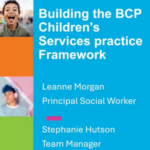 Webinar: building a practice framework with the influence of practitioner voice
Webinar: building a practice framework with the influence of practitioner voice  ‘They don’t have to retell their story’: building long-lasting relationships with children and young people
‘They don’t have to retell their story’: building long-lasting relationships with children and young people 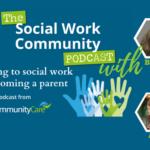 Podcast: returning to social work after becoming a first-time parent
Podcast: returning to social work after becoming a first-time parent  How managers are inspiring social workers to progress in their careers
How managers are inspiring social workers to progress in their careers  Workforce Insights – showcasing a selection of the sector’s top recruiters
Workforce Insights – showcasing a selection of the sector’s top recruiters 
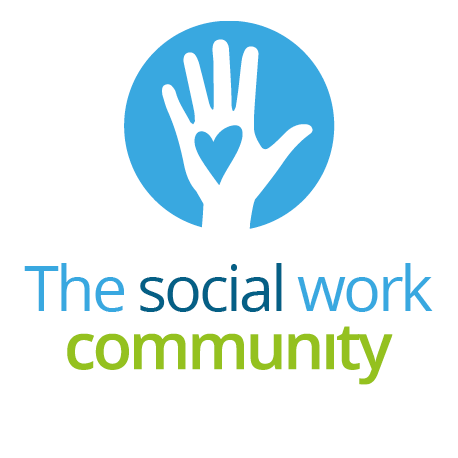
 Facebook
Facebook X
X LinkedIn
LinkedIn Instagram
Instagram
So where are the resources to achieve the desired “prevention focus”?
Not new NEWS, been regugitated over the years. Same problem, no changes in practice and resources!
More of the same then, all talk about what needs to be done, but no action and no additional resources, leaving children at continued risk of abuse. Who should be held accountable?
Individual Social Workers will be blamed, and the system will not be held accountable?
Trying to find simple answers to complex i issues which already has the appropriate laws and procedures without the funding for social care and police
Just as the young girl said in the research I did here in Australia with Neerosh Mudaly, and gave us the book title, The Truth is Longer than a Lie.